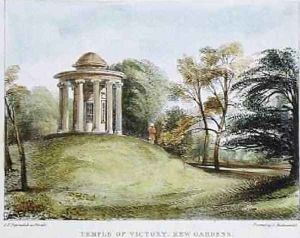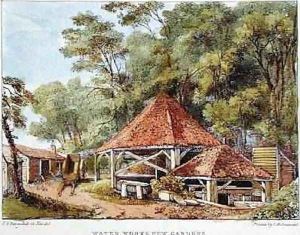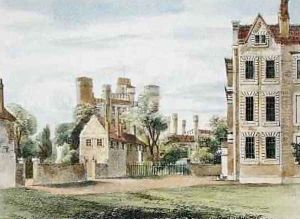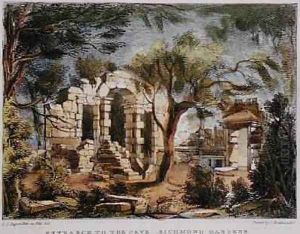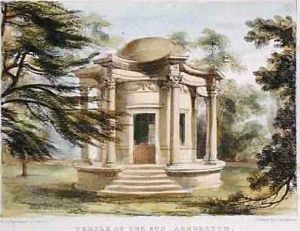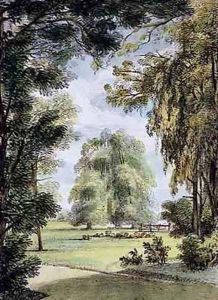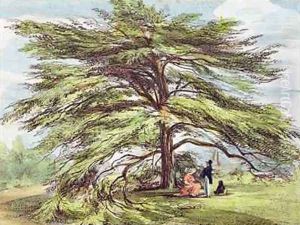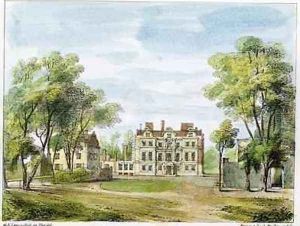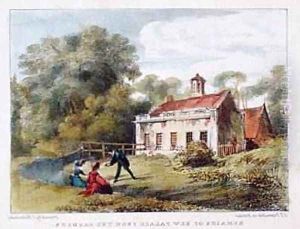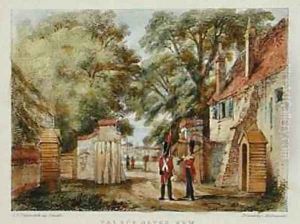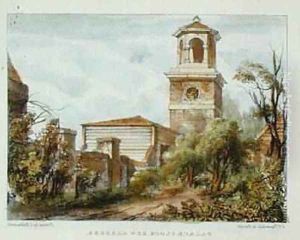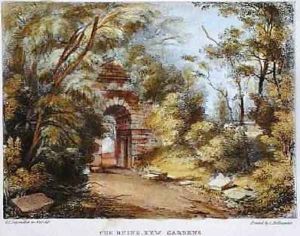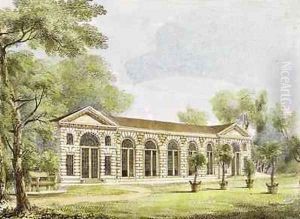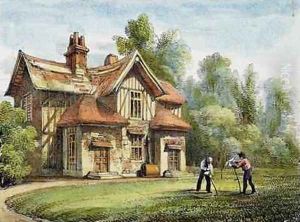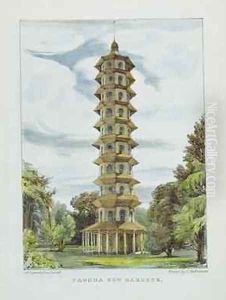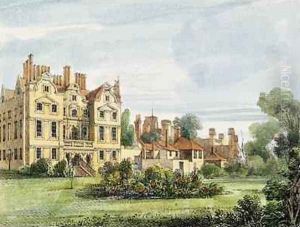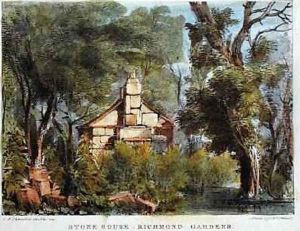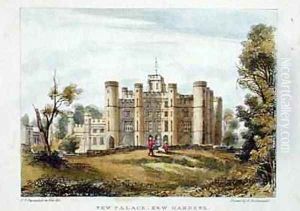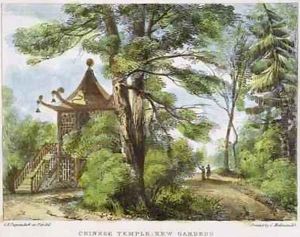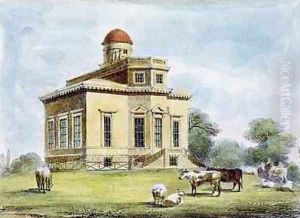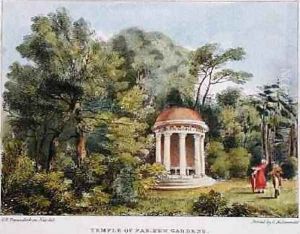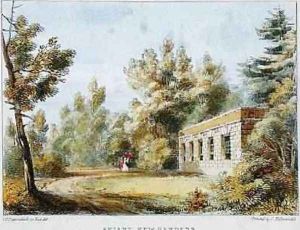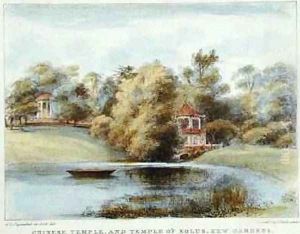Papendiek, George Ernest Paintings
George Ernest Papendiek was born in 1788, into an artistic family in England. His father, George Papendiek, was an assistant clerk of the kitchen to King George III, and his mother, Charlotte Papendiek, was a court musician. Given such an environment, George Ernest was exposed to the arts from an early age.
Papendiek was primarily known for his work as a portrait painter, though he also delved into other genres. His style was influenced by the prevailing artistic trends of his time, which involved a transition from the Rococo to the Neoclassical. He was active during a period when the art world was undergoing significant changes, with the rise of Romanticism challenging established norms.
Despite his talents, George Ernest Papendiek struggled to achieve the same level of recognition as some of his contemporaries. His career was marked by financial difficulties, and he never quite managed to secure a stable patronage. This financial instability affected his output and might have contributed to his relative obscurity in art history.
George Ernest Papendiek died in 1835, and while he might not have gained widespread fame, his works do provide a glimpse into the artistic landscape of his time. They are valued for their historical context and the skill with which he executed his portraits. Today, his works can be found in various art collections, and they continue to be studied by those interested in the art and culture of the Georgian and early Victorian periods.
